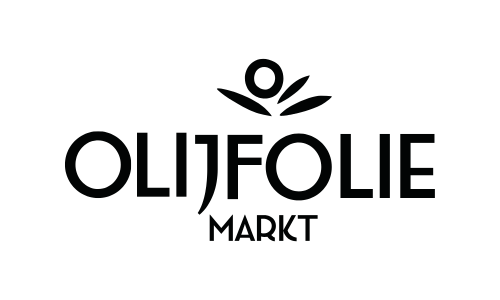
Olive Harvesting in Italy: The Traditions and Techniques Behind Your Bottle of Premium Olive Oil
On a sun-drenched hillside in the heart of Tuscany, olive groves have been producing the beloved extra virgin olive oil for generations. Here, in the beating heart of Italy, the journey of every bottle of premium olive oil that lands on your table begins. But what lies behind this liquid golden nectar? Let’s explore together the traditions and techniques that make it possible.
The Historical Background of Olive Harvesting
Olive oil is not just a product; it is a fundamental part of Mediterranean culture that dates back thousands of years. Archaeological finds show that the ancient Greeks and Romans already produced olive oil. During this time, it was not only a culinary luxury product, but was also used for lighting, in religious ceremonies, and even as a base for beauty products. Techniques have evolved over the centuries, but many aspects of olive cultivation remain rooted in tradition.
The Seasons of the Olive
The life cycle of an olive begins in spring with flowering. The delicate white flowers cover the trees, attracted by the blessings of warm weather. Summer sees these flowers transform into small, green olives. Only with the arrival of autumn are the olives ready for harvest, when their color changes to a deep purple or black, a sign that their flavor and nutritional value are at their peak.
Manual Harvesting: Art and Craft
In many parts of Italy, such as Puglia and Tuscany, harvesting is still done by hand. This method, or “brucatura,” guarantees the integrity of the olive and preserves the highest quality oil. It requires a trained eye and hand to select the right olives, which are neither too ripe nor too unripe. The result is an oil that offers a precise balance between bitterness and fruitiness.
The Modern Technologies and Their Impact
In addition to manual harvesting methods, modern techniques such as mechanical shakers are also used, especially in high production areas such as Andalusia. These techniques increase efficiency and reduce labor costs, but it is crucial to follow the correct timing and technique so as not to damage the delicate olives and prevent fermentation.
The Importance of Speed
After the olives are harvested, the race against time begins. The faster the olives are brought to the mill, the fresher the oil. This reduces oxidation, which can affect the flavor and nutritional value of the olive oil. It is this dedication to speed and precision that sets our premium olive oil apart.
The Process of Pressing
Once at the mill, the olives are washed and ground into a paste, slowly releasing the olive oil. Our choice of cold pressing ensures that the vitamins and aromas are preserved, resulting in an oil that is not only culinary appealing, but also offers health benefits due to its high polyphenol levels.
Sustainability in the Olive Factories
At Olijfoliemarkt.nl we work closely with producers who integrate sustainability practices into their processes. This means using organic methods, minimal chemical inputs, and careful water management to ensure minimal impact on the environment. Sustainability is not just a buzzword for us; it is a fundamental part of our business.
Why Choose Premium Olive Oil?
The difference between standard olive oil and premium extra virgin olive oil is more than just taste. It’s the care, precision, and love that goes into every drop. Premium olive oil not only offers rich flavors that bring your dishes to life, but also numerous health benefits, including improved heart health and antioxidant protection.

Let's enhance your culinary journey with the full flavors of premium olive oil. Visit Olijfoliemarkt.nl for a carefully curated collection that will enhance any culinary creation.
